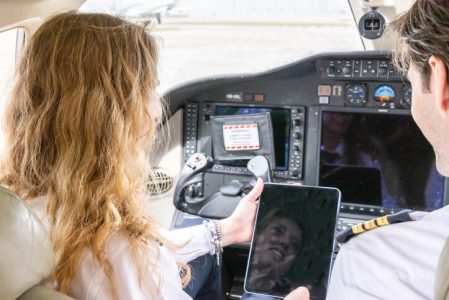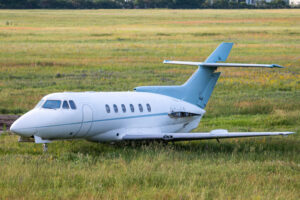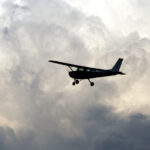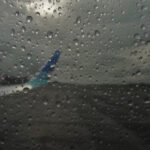Electronic Flight Bag Purposes
In general terms, an Electronic Flight Bag (EFB) is a portable electronic display hardware intended primarily for flight deck or cabin use. It is also defined as any device, or combination of devices, actively displaying EFB applications. These devices can store and display a large amount of data for pilots and can also perform performance and fuel loading calculations.
EFB Classifications
There are two categories for EFB Classification:
- Hardware type: Based on physical characteristics.
- Installed: EFB equipment components supporting EFB applications that are incorporated into aircraft type design, or an approved alteration.
- Portable: All other components supporting EFB functionality, regardless of how often they are removed from the aircraft. Portable EFBs are not included in the approved aircraft configuration and can be used inside or outside the aircraft.
- Software type: The software used on an EFB is characterized by its capability and/or functionality.
- Type A: Document storage and retrieval.
- Type B: Software for the independent performance calculations needed for:
- Operation of the aircraft.
- Display of aeronautical charts without aircraft position.
- Electronic checklists.
- Use of the internet and/or other aircraft communications.
- Displays of weather information.
- Facilitation of aircraft video camera surveillance displays.
- Type C: These relate to the active control of the aircraft in flight.
Type A is the most basic and will have no effect on the safety of the flight if they fail or are used incorrectly. If Type B applications fail or are used incorrectly, the level of aviation safety is still considered to be at least acceptable. Type C is the most advanced, although at the present time, Class C applications are not considered potential EFB applications. Anything that is not Type A or B is required to undergo full airworthiness approval as an avionics function.
Regardless of which EFB system you choose for your aircraft, some basic safety precautions should be followed. Always have a minimum of two devices onboard if they are to be used for critical applications. Ideally, have a primary EFB for each pilot and a backup available, just in case. Also make sure all devices, including the backup, are up to date with revisions and databases. And most definitely, begin each flight with a fully charged battery for your portable electronic devices.









